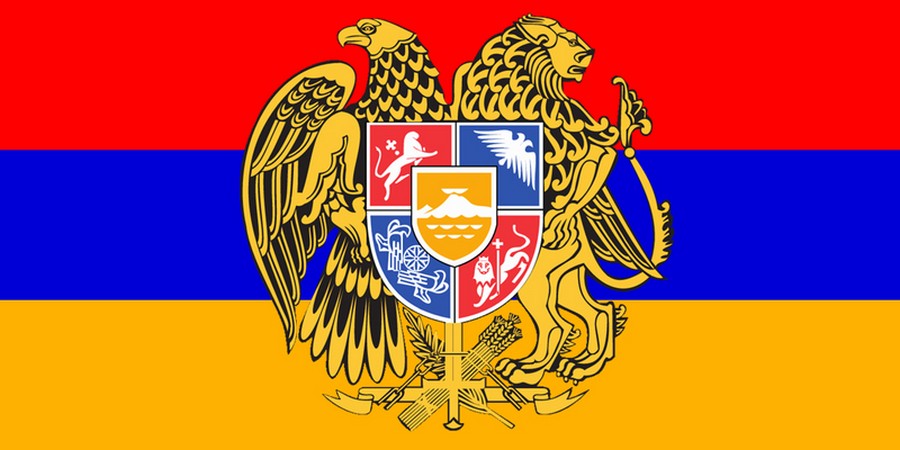Here are the three targets that the “revolution” usually chooses
Once upon a time, children were taught the myth of “Pavlik Morozov” in Soviet schools. As if the peasant child, being a pioneer and being led by “high ideological motives,” betrays his father, a “kulak,” and then is killed by his father’s friends.
The story was primarily made up, but that’s not the point. What is important is why Soviet propaganda was spreading that myth. The goal is simple: to show that ideology is more important than family. When the revolutionaries come to power, their primary goal is to build a “new social order,” for this, it is necessary to erase the “age-old” stories from people’s consciousness. They are mainly three: family, religion, and national identity. The French and Russian revolutions provide classic examples of such struggles.
Why family? Because it is a way of transmitting institutional memory outside of official structures. And the revolutionaries, rejecting the past, fear that fathers will pass on “wrong things” to their sons. Why religion? Because there should be no one “above” but the “Great Leader.” That is why it is necessary to change the religious rites with civil rites; in the case of the Bolsheviks, November 7, May 1, during which that “Leader” will stand on the roof of the mausoleum, where the relics of the “new saint” are buried. Why national identity? Because people should feel like members of a new revolutionary community and not have traditional, horizontal connections with each other and shared memories, and not be in solidarity with each other. For this reason, tens of thousands of Armenians were condemned for “nationalism” during the Stalin period.
Read also
Of course, post-revolutionary Russia and Armenia have few similarities. The current government of Armenia does not have the repressive apparatus to establish a totalitarian regime. The police, the courts, the Supreme Judicial Council, the prosecutor’s office, and the investigative bodies are barely enough to keep the personalized autocracy at bay.
But there is also a similarity. There is a desire to connect some device that will erase people’s memory, much like it was done in the famous American movie “Men in Black.” In the summer of 2018, an initiative was created: “New Armenia, New Patriarch,” which aimed to change the Catholicos of All Armenians through street actions. We cannot claim that the new government created this initiative, but it is a fact that the relations between the government and the Mother See were tense from the very beginning. They were, of course, more strained after the war was lost.
I find it difficult to say whether the actions of the CC authorities are based on the conspiracy behind which Turkey stands, a demand of the West, or the sincere desire to build a “New Armenia.” As they say, “the autopsy will show,” and this “autopsy” can happen only after the change of power. Now let’s record that the current government has adopted an extremely radical approach, in which case the stories, myths, and national symbols of the previous era had to be revised, including Mount Ararat and the coat of arms of the First and Third Republics. Its rationale is to abandon the “old model” of patriotism.
“The Republic of Armenia and Armenian statehood has never been the primary object of our model of patriotism, and at the socio-psychological level, this situation is preserved even today. There is only one reason, we are not the authors of that model of patriotism,” RA Prime Minister Nikol Pashinyan said in one of his speeches. If “we are not,” then one must assume that the authors are either outside or in the past. The Prime Minister’s mention of “Soviet patriotism” speaks in favor of the second hypothesis. From Pashinyan’s point of view, one of the symbols of “backward,” “obsolete” patriotism was Mount Masis, which in the new political culture containing elements of real or false pragmatism should be replaced by another symbol, for example, Mount Aragats.
“Aragats is in RA, Ararat is not in RA… All our problems are between Ararat and Aragats, dream and reality,” the Prime Minister said. Logically, the current coat of arms of Armenia should not find a place in the proposed new model. “What is depicted on our coat of arms? Does our coat of arms express our psychology a lot?
Noah’s Ark on Mount Ararat, the coats of arms of the four riches of Armenia are depicted. While looking at that emblem recently, I wondered: What does that coat of arms we adopted in 1991 have to do with the state founded in 1991? What is it about?” the current head of Armenia asks rhetorically.
To determine for what purpose this is done, I, I repeat, cannot. Instead, I can predict with a high degree of probability that after this, conventionally speaking, Pashinyan “modernist” phase, we will fall into the opposite extreme, when strictly conservative, nationalist orders will be imposed from “above” and I am also afraid of with more severe restriction of democracy.
Aram ABRAHAMYAN
“Aravot” daily, 20.06.2023

























































